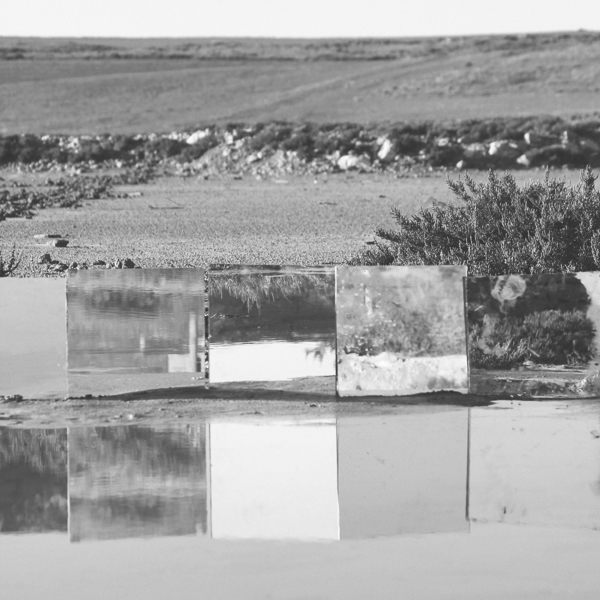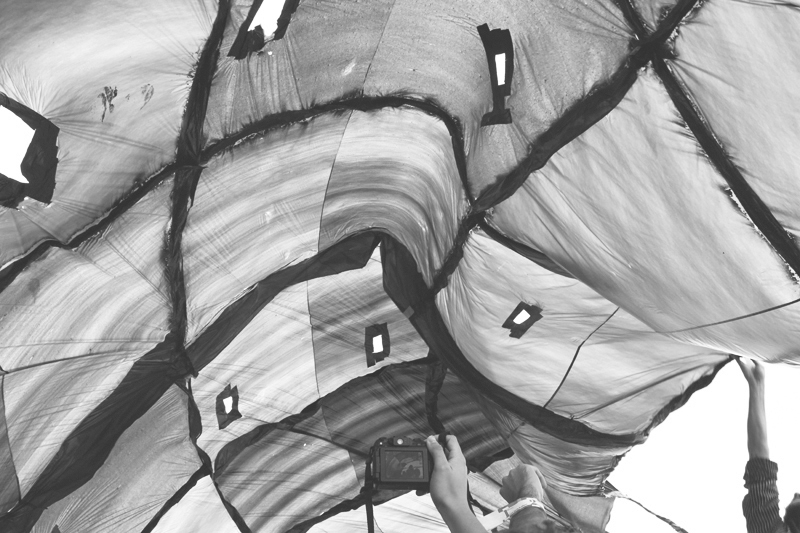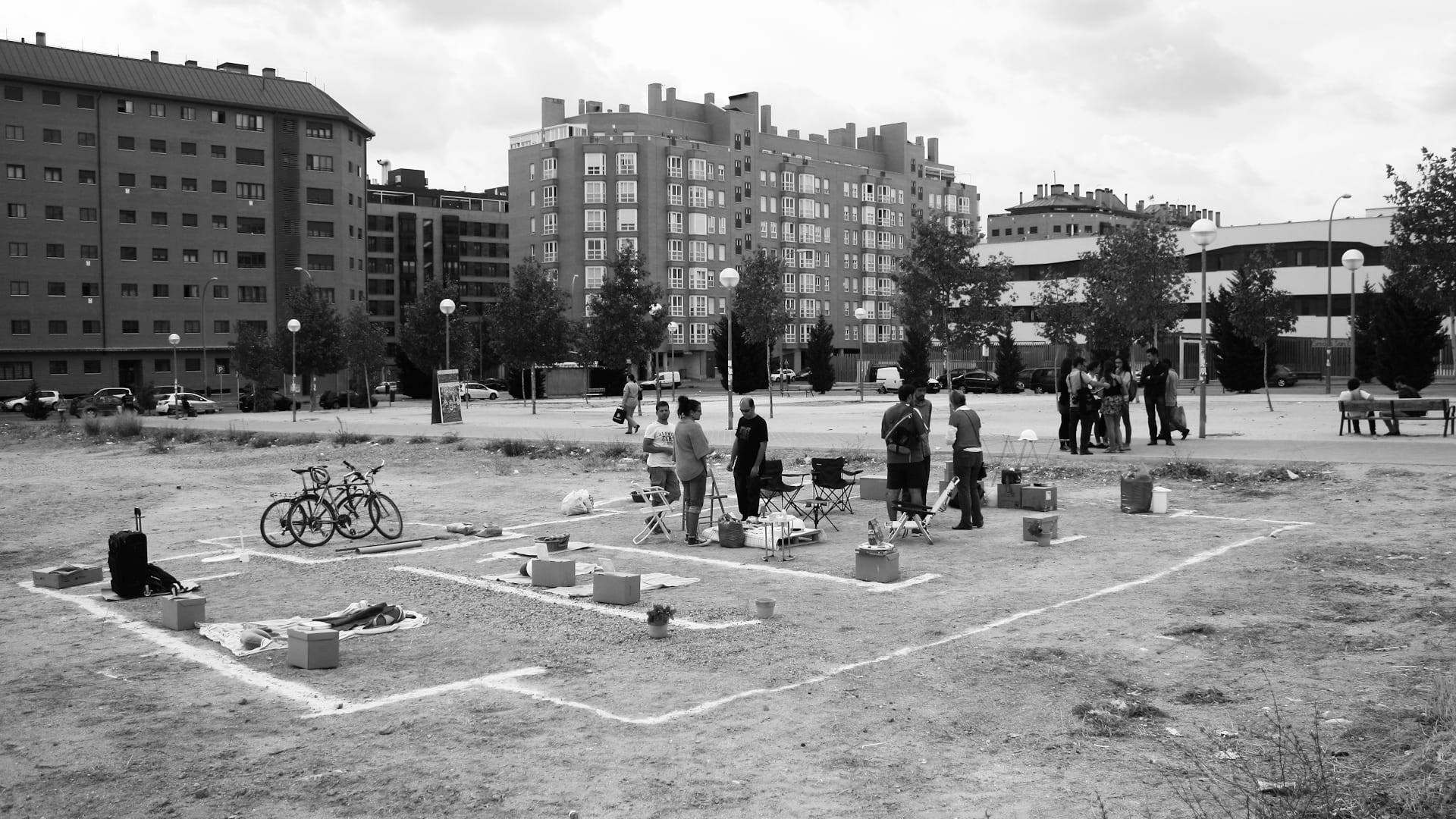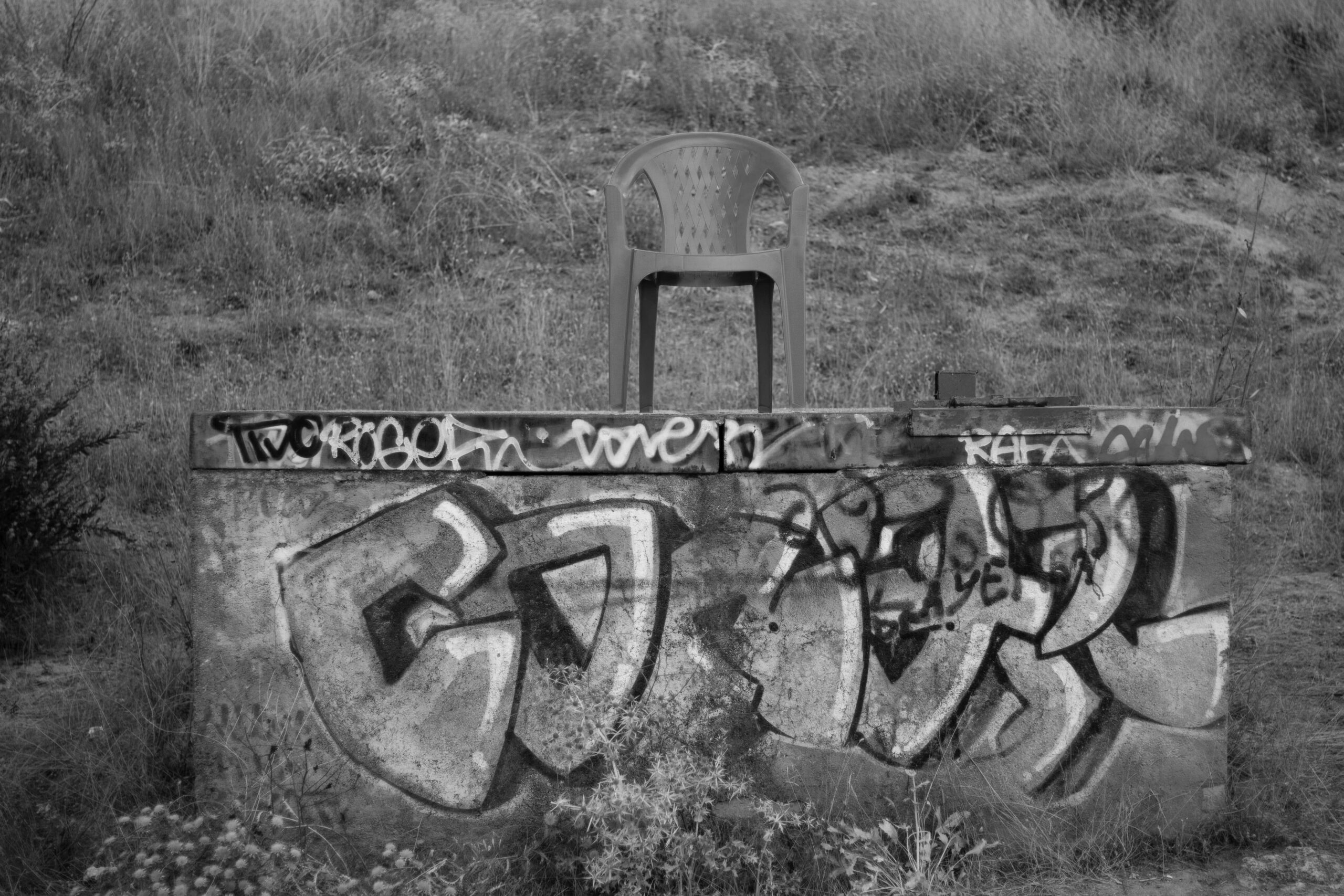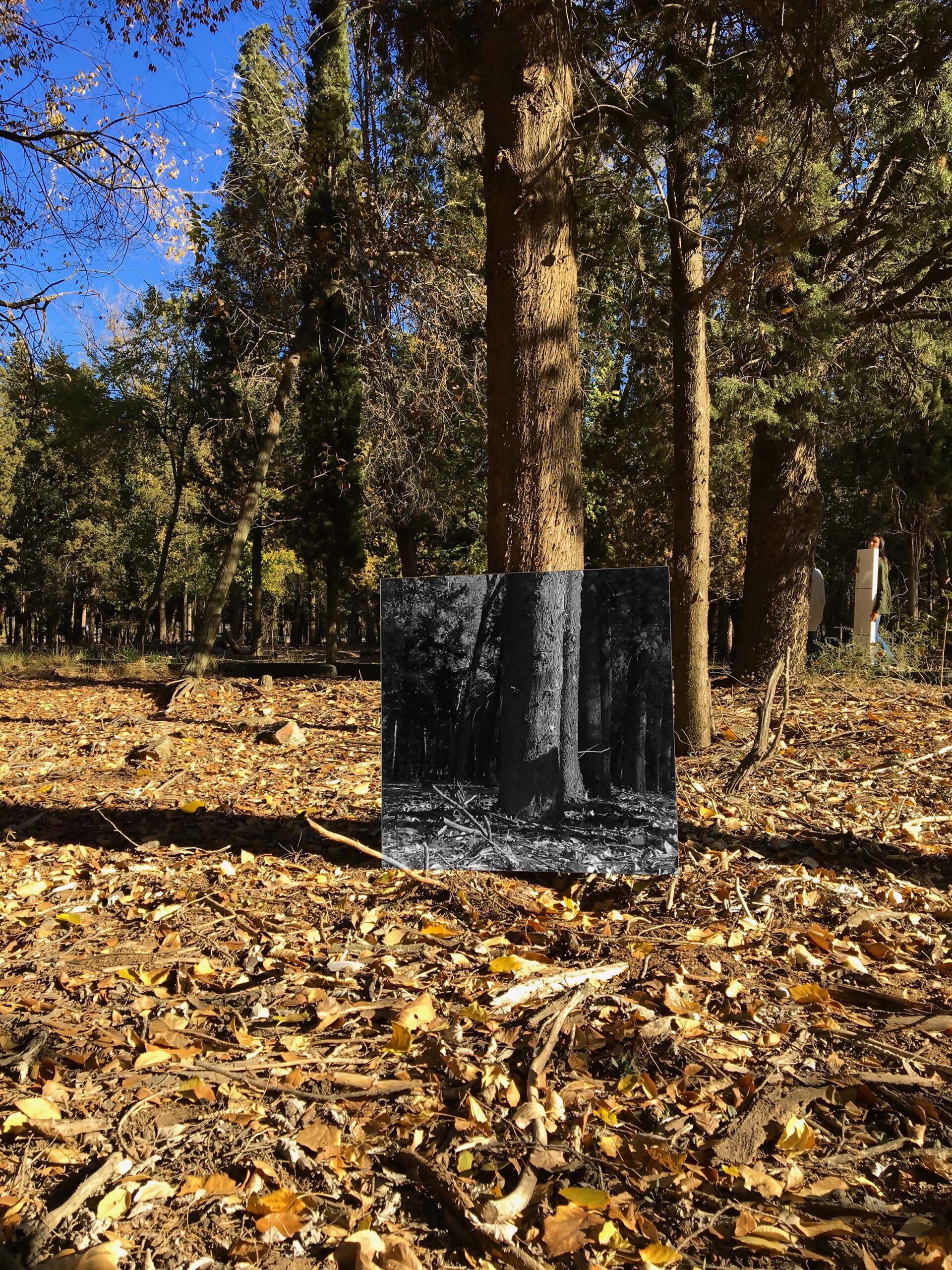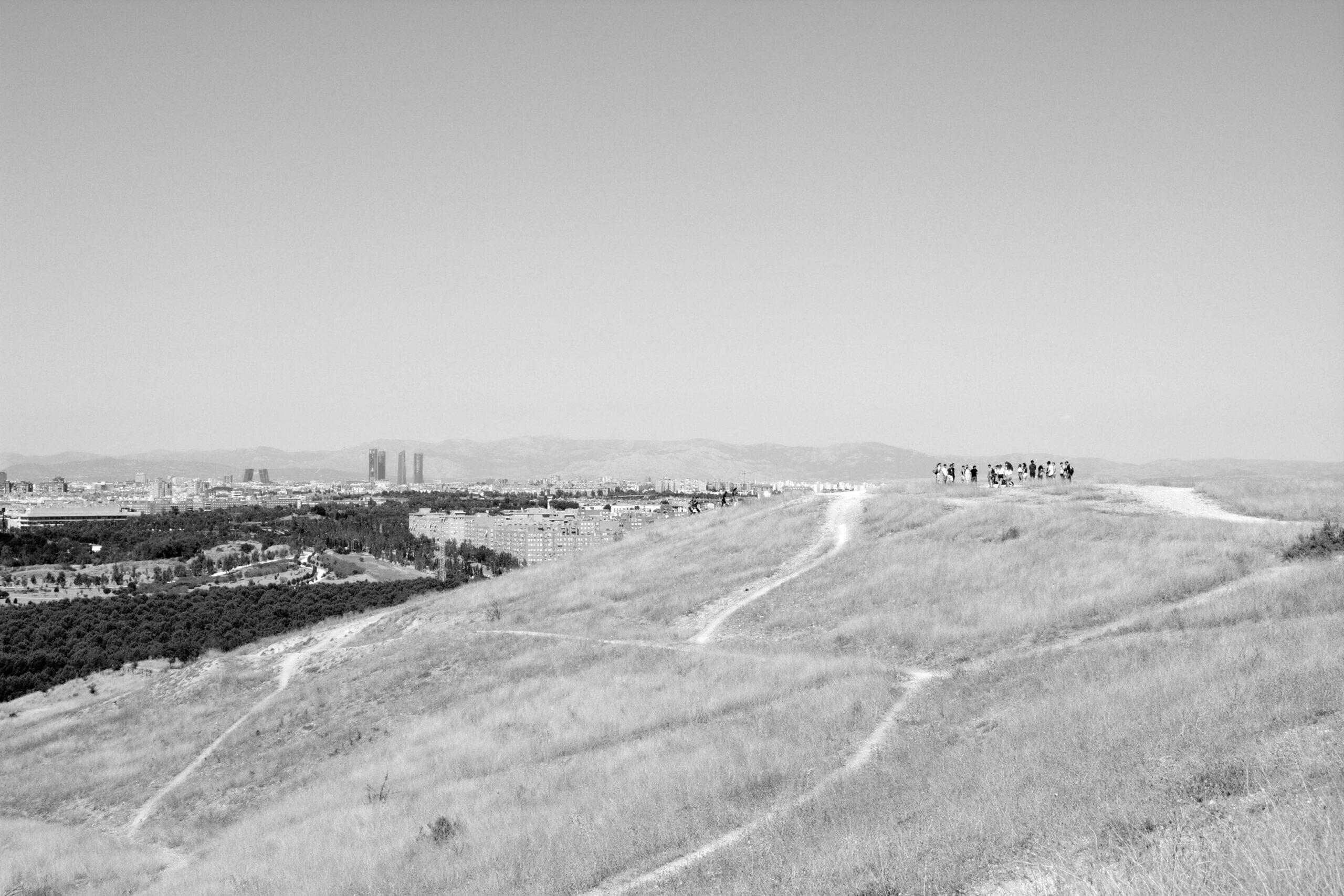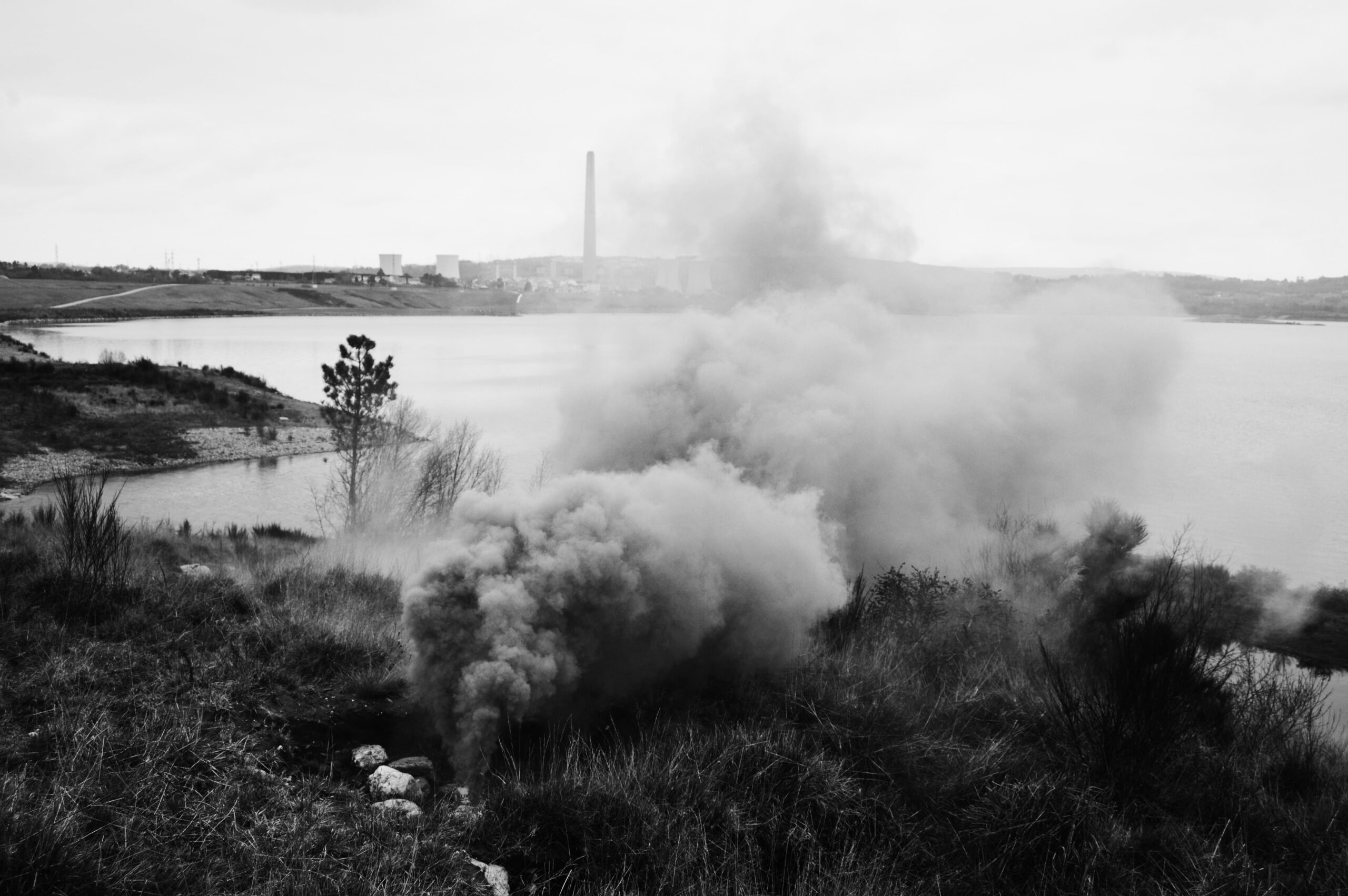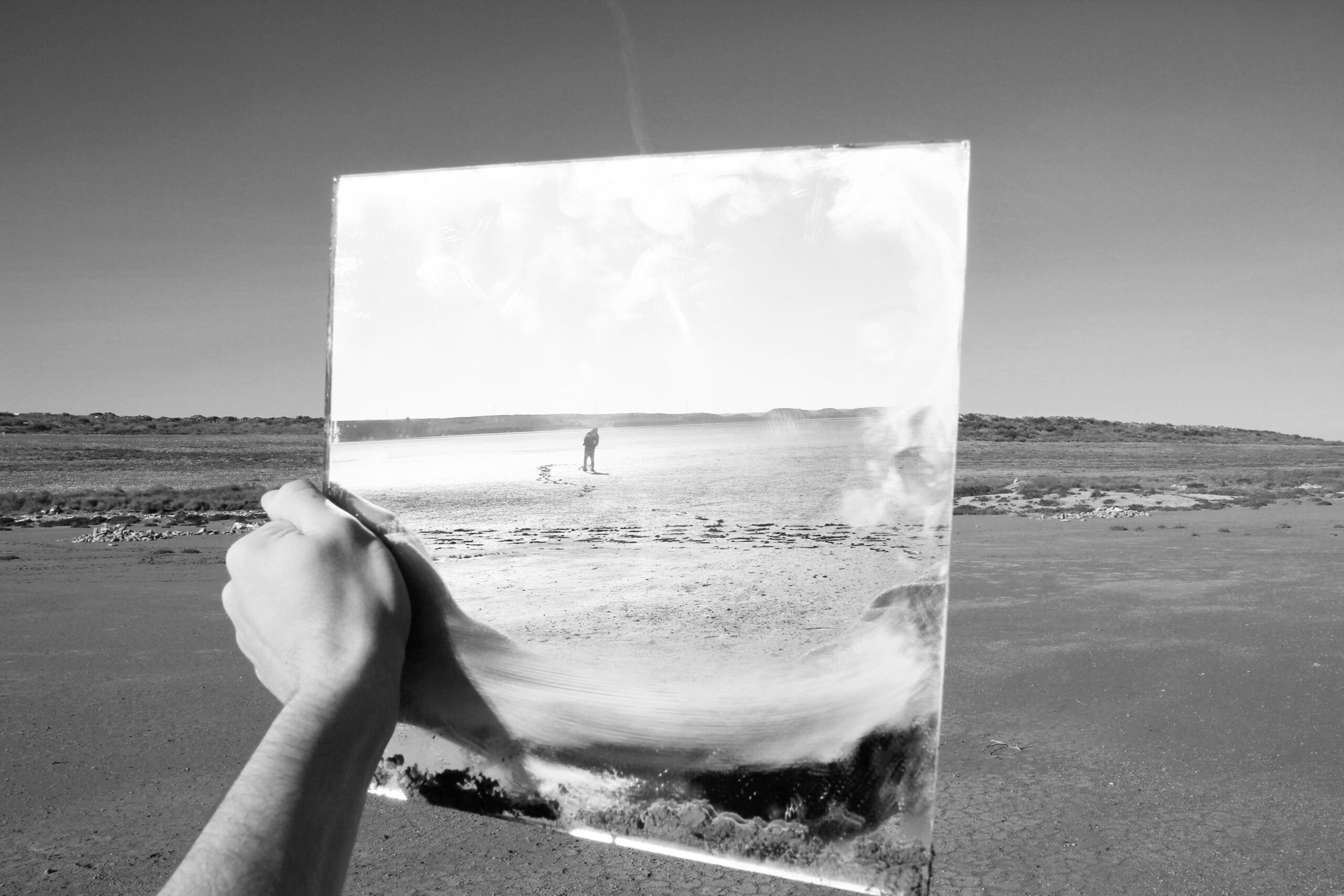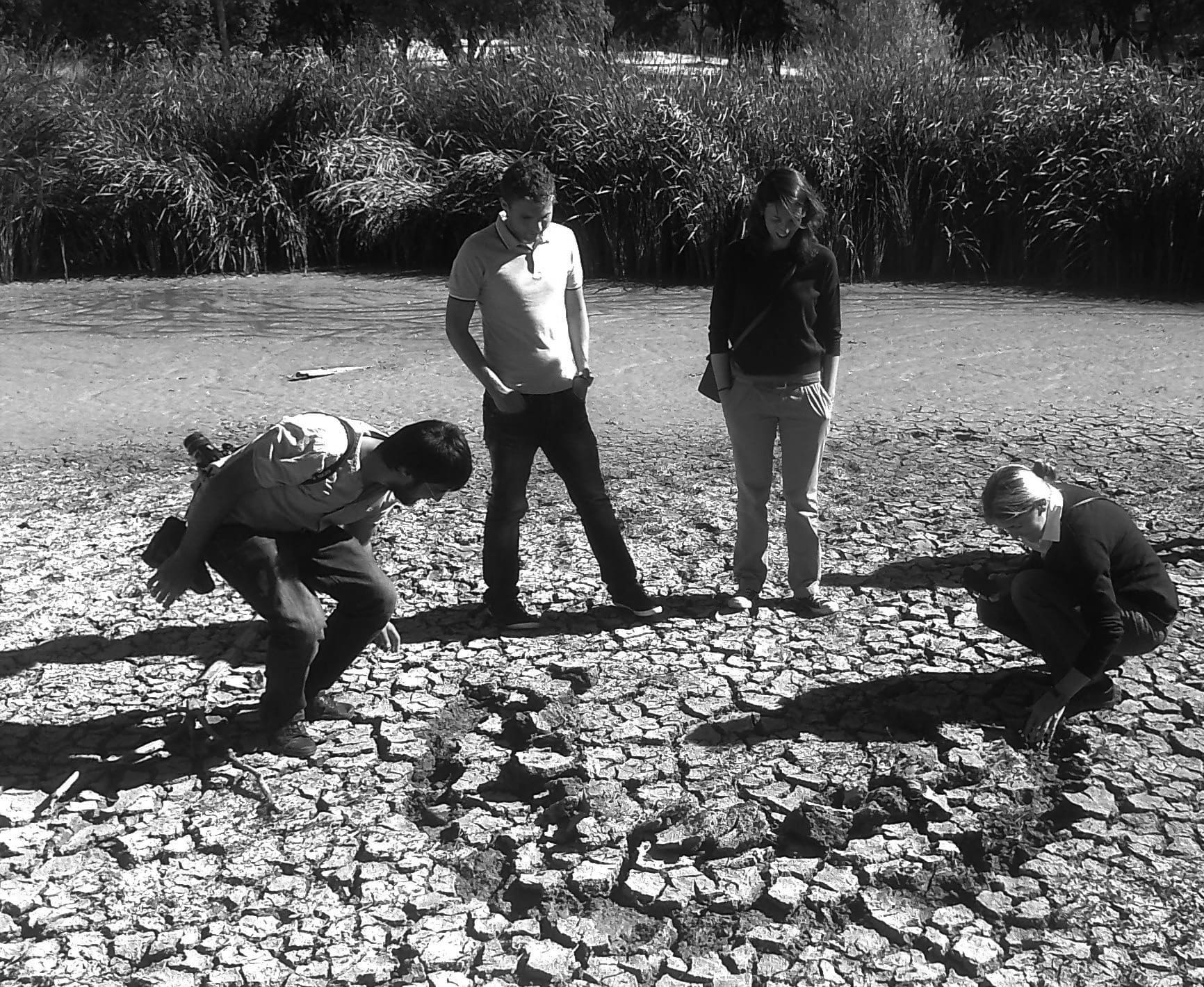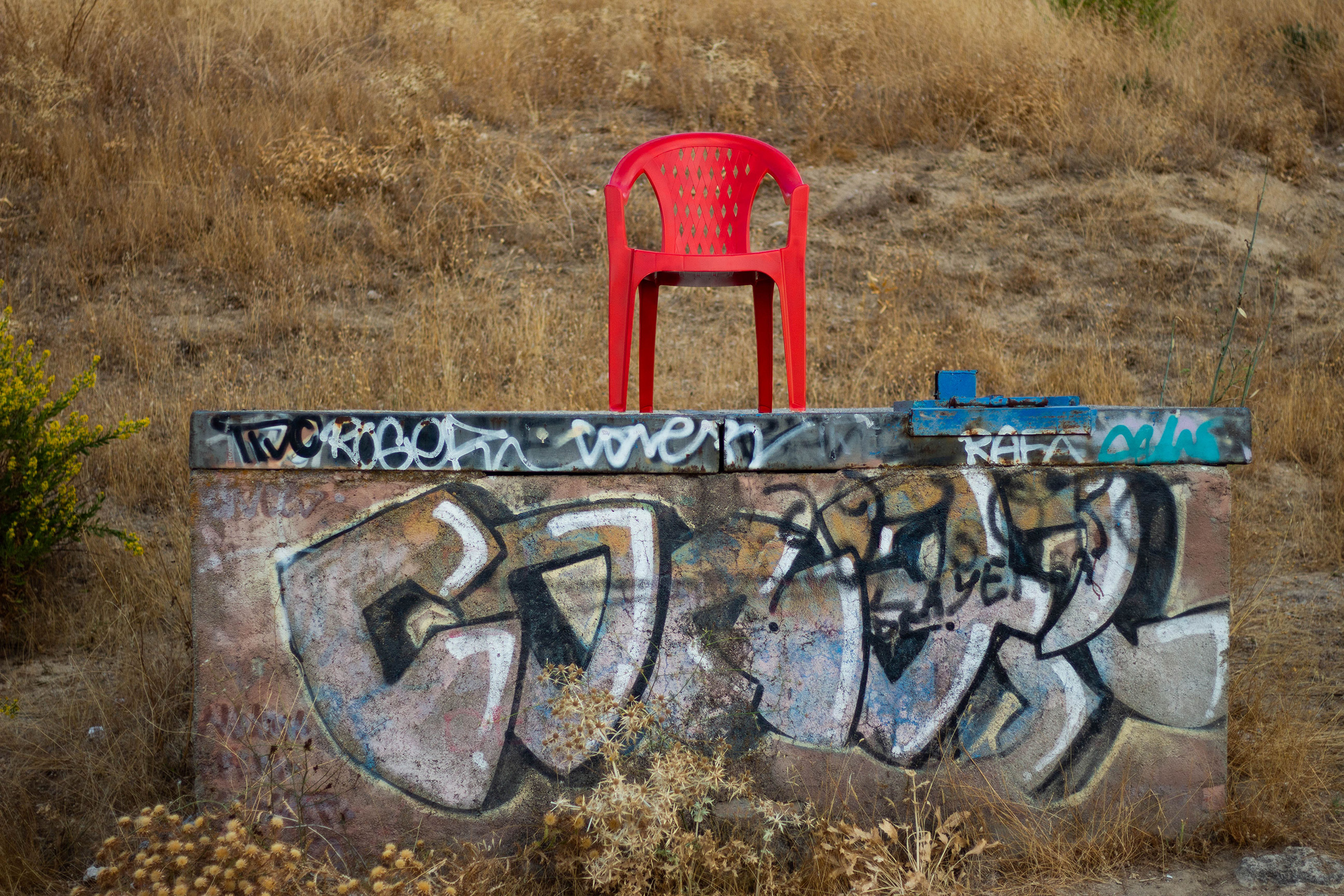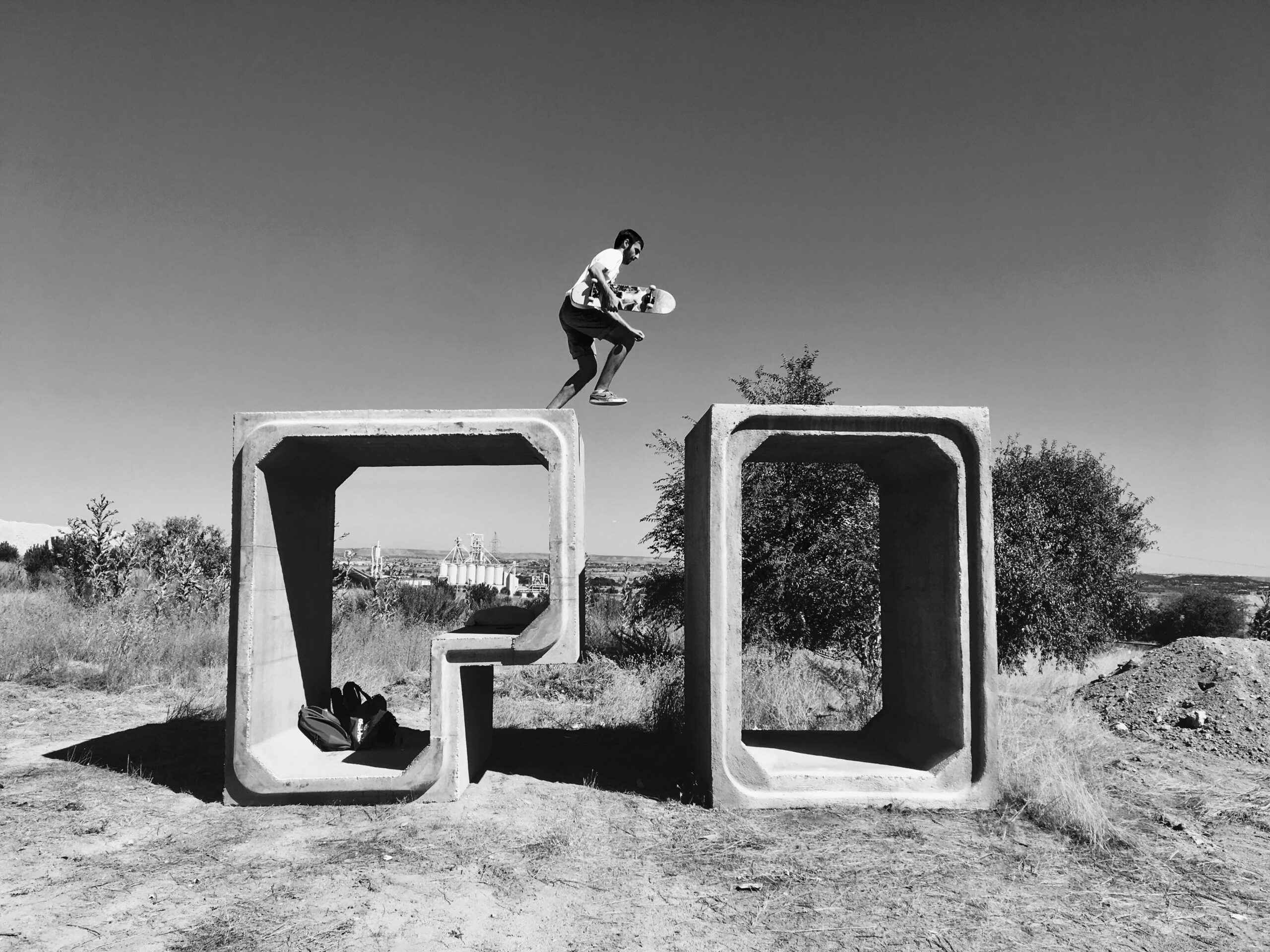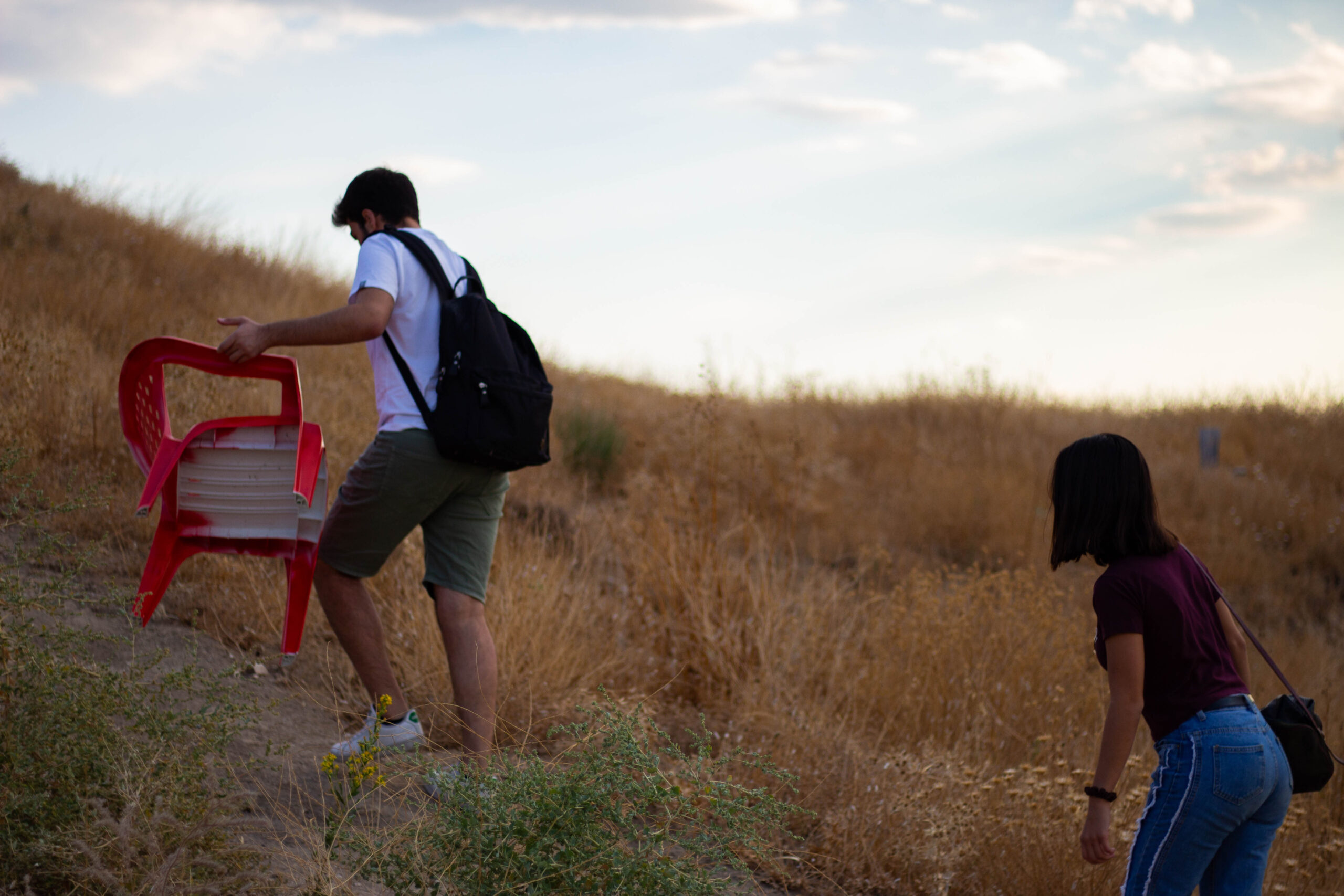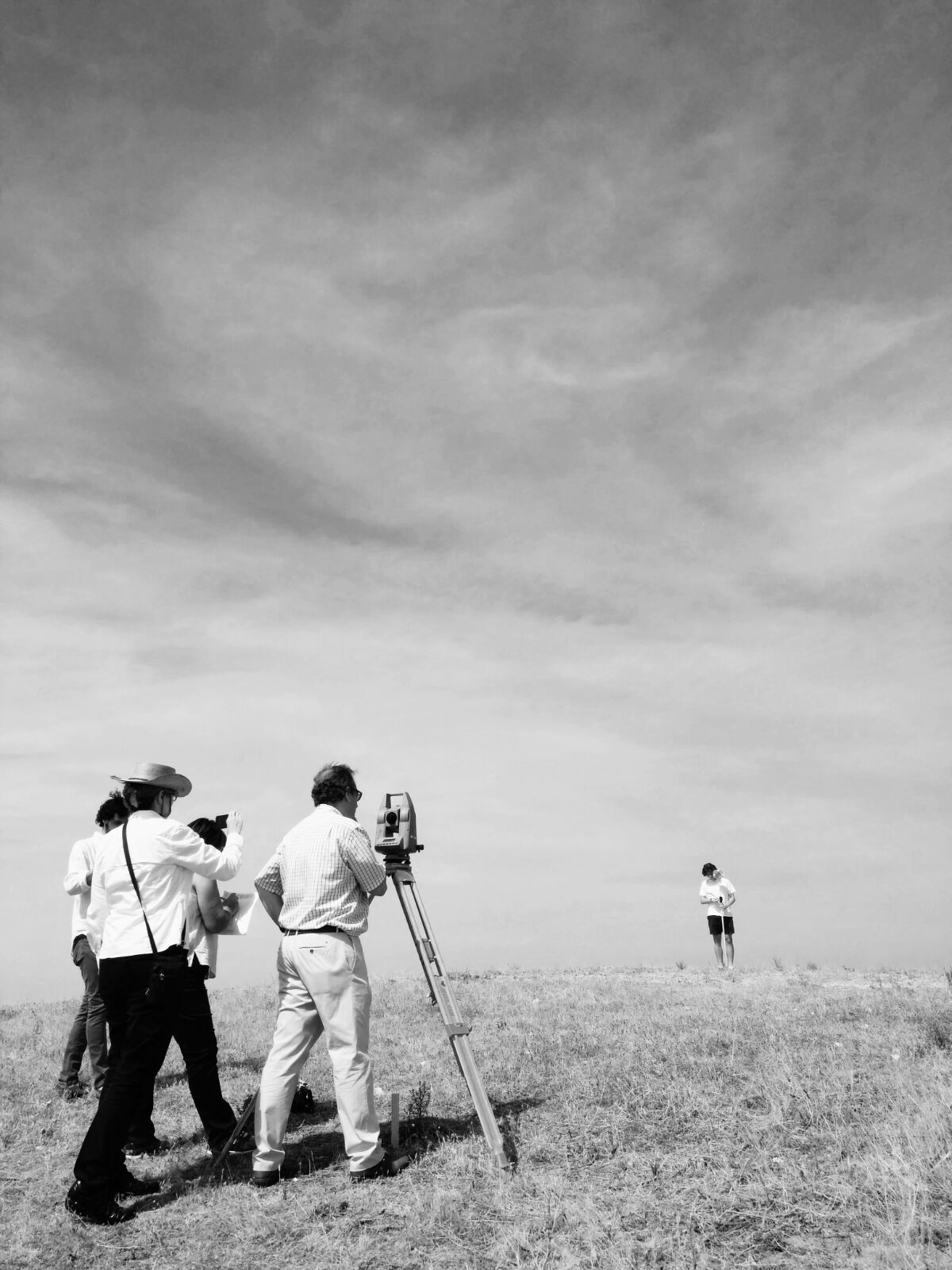
[AH]
Hybrid Actions in the Landscape
Hybrid Actions in Landscape is a programme of educational innovation at all levels of teaching in the training of architects. The actions are formulated as a mechanics of thought: they invite us to reflect on the link and the relationship as a suggestive dynamic that articulates unforeseen fields around the reading of the landscape. On the other hand, they offer specific views that allow us to understand the landscape of our contemporaneity. Hybrid Actions in the Landscape constitutes an initiatory step in the discovery of new territories to investigate, being a fieldwork that allows us to position ourselves before new horizons.
Leading researcher: Concha Lapayese
Hybrid Actions in the Landscape... since 2006
+Creating a meeting place… is the first interaction. “Hybrid actions in the landscape… art and architecture in the 20th century” began as a free-choice subject at the E.T.S. of Architecture in Madrid in the 2006/2007 academic year at the proposal of Professor Concha Lapayese. But this first idea will soon be extended in new directions. In the postgraduate course “The Construction of the Landscape: between interiority and exteriority”, taught together with Professor Darío Gazapo, was born and later extended in the Master in Advanced Architectural Projects with the Seminar “Conceptual actions in the landscape”. They are currently taught in the four-year elective Experimental Workshop.
In parallel, actions have been increasingly present as a project strategy in the Darío Gazapo (2006-2013) and Lapayese/Arques (since 2013) Teaching Units, and, together with cartography, have formed the fundamental tools with which the student is invited to encounter the project. This operability has also been successfully transferred to the Final Degree Projects.
However, hybrid actions are no less important for the Cultural Landscape Research Group as an initiatory step in the discovery of the new territories to be investigated, as field work that allows us to position ourselves before new horizons.
Finally, Hybrid Actions has ended up surpassing its containers – seminars, subjects, research projects – and has consolidated itself as an operation that reflects on the way of understanding and being in the world that this platform presents. “Being Landscape” moves between actions in the landscape and the landscape of action.
From where the landscape comes from…?
+The definition of landscape carries with it an idea of construction and, as a consequence, of employing a specific logic enabling such an action of conceptual formalization. An initial action is already a choice on the referential attitude adopted by the constructor of landscape. It is the analysis of these situations which allows for discussion and critique. It is from the origin of the thought process that a specificity of outlook is established. Thus, for our late-modern culture, there exists a certain understanding and comprehension of landscape, which oscillates between the generic and the specific, the latter falling within the extended sphere of architecture.
We belong to a global world, and have for the first time gained awareness of an overwhelming evidence: human action is capable of offsetting the natural rhythms of the Earth. In this situation, it is urgent to develop a consciousness: to build an outlook and margins for interpretation specific to our age, and thus become capable of understanding the present day and of proposing actions for the future in the vein of the times to which we belong.
From the margins of architecture, Jorge Oteiza gives a vital physicality to the concept of landscape, transcending a speculative vision thereof. Oteiza does not observe landscape: he embraces landscape, he becomes landscape. He stops to analyze the esoteric energies with which this landscape – this physicality – is rife. And he anticipates a fundamental remark: the fact that each kind of man, each culture, is associated to a particular understanding of landscape. Landscape, Oteiza warned, is multiple; and we complete its appreciation. Landscape is complex, for it has a real dimension, but also an imaginary one.
This physicality can be understood as a site, as an area, as a space or even as a mental construct, when operating form cartography, from geography, from architecture or from philosophy. In a kaleidoscopic approach, landscape arises from the interaction of geographical, cartographic, architectural, poetic… agents, which take part in its construction and have a reflection in tangible space.
One possibility for approaching the concept of landscape comes from the understanding of positions in the threshold between art and architecture. Landscape – as appropriation and assumption of other landscapes – is an open definition which may be refined over time.
“…landscape is a multiple corporeality, a complex field of energy…” — Jorge Oteiza
This position between Oteiza and Smithson may be called the fruit of a multiple dialogue with many voices. Some of these are: Jorge Oteiza, writing his Essay on American Megalithic Sculpture under the shadow of Mesoamerican totems; Robert Smithson after his Tour of the monuments of Passaic, New Jersey; Marchel Duchamp after writing the instructions for his étant donnés, and before defining the infrathin.
And, how should one displace himself, how should he move in these territories? Through comings and goings, says Oteiza. Through placement and displacement, in the words of Smithson. Through comparative cartographies, through a process of displaced repetition, of comings and goings to and from the territory of study, which allow us to reinvent outlook and action in existing landscapes.
Actions are thus formulated as a mechanism for thought. They command us to reflect on links and relationships as thought-provoking dynamics articulating unexpected fields around our reading of the landscape. On the other hand, they offer us specific outlooks for understanding the landscapes of our time.
The process of action begins by choosing a theoretical-intellectual placement. From it, displacements, multiple comings and goings, are made which make it possible to construct a first threshold in landscape, through appropriation, in three possible states:
I. Location: acknowledging a reference system: Defining one’s own coordinate systems by choosing a specific outlook.
II. Comings and goings to the place: proposing an assessment of possibilities. The choice of a close outlook becomes a pretext to become acquainted with the methodology of research.
III. Construction of the first threshold of the landscape: establishing frameworks for appropriation. These allow for the comparison of analysis carried out from various strategies for the reading and interpretation of the landscape.
They are hybrid actions between art and architecture. Hybrid actions are a framework for operation within which to construct and deconstruct links between –sometimes apparently unrelated- disciplines and strategies. Processes are constructed which touch on the innerself and outerself of landscape. A common cartography arises from all parties to the research. Interconnections: one action becomes another.
Text presented in 2008 by Concha Lapayese and Darío Gazapo as an introduction to the subject «Hybrid Actions in the Landscape… art and architecture in the 20th century».
Bibliography
+BOOKS
Concha Lapayese y Darío Gazapo.
La construcción del paisaje: entre la interioridad y la exterioridad.
Pamplona: DAPP Publicaciones Jurídicas, 2009.
Concha Lapayese y Darío Gazapo (eds.).
La construcción del paisaje: Cursos de doctorado.
Colección Textos Académicos ETSAM-UPM.
Madrid: Mairea Ediciones, 2010.
Concha Lapayese y Darío Gazapo (eds.).
Acciones conceptuales en el paisaje: Dimensiones de la memoria.
Madrid: Mairea Ediciones, 2007.
ARTICLES AND BOOK CHAPTERS
Lapayese, Concepción; Arques, Francisco; De la O, Rodrigo.
Hybrid Actions into the Landscape: in between Art and Architecture.
En Bridging the Gap. ECLAS Conference 2016 (Rapperswil: HSR, 2016).
Lapayese, Concepción; Arques, Francisco.
Un proyecto docente transversal en torno al paisaje cultural industrial.
En I Congreso Internacional de Investigación sobre Paisaje Industrial (Sevilla: Laboratorio de Patrimonio Industrial, 2011).
Lapayese, Concepción.
Conceptual actions into the urbanscape: faces and masks of the cultural landscape.
En Zbiorowa Pr., The faces of urbanized space. Murowana Golina (Polonia: Publisher Exemplum, 2010), 207-227.
Lapayese, Concepción; Arques, Francisco; Gazapo, Darío.
Metodología docente y su aplicación en proyectos de investigación de arquitectura y paisaje.
En: AAVV. 3º Jornadas Sobre Investigación en Arquitectura y Urbanismo I+D+I (Madrid: UPM Press, 2009), 335-344.
Lapayese, Concepción; Gazapo, Darío.
La construcción del paisaje cultural.
En: Jornadas internacionales de arquitectura y urbanismo desde la perspectiva de las arquitectas (Madrid: Instituto Juan de Herrera, 2009), 46-51.
Lapayese, Concepción.
Paisaje Cultural: Dimensiones de la memoria.
En 4º Congreso Europeo sobre Investigación Arquitectónica y Urbana, EURAU08 (Madrid: Ministerio de Fomento, 2008).
